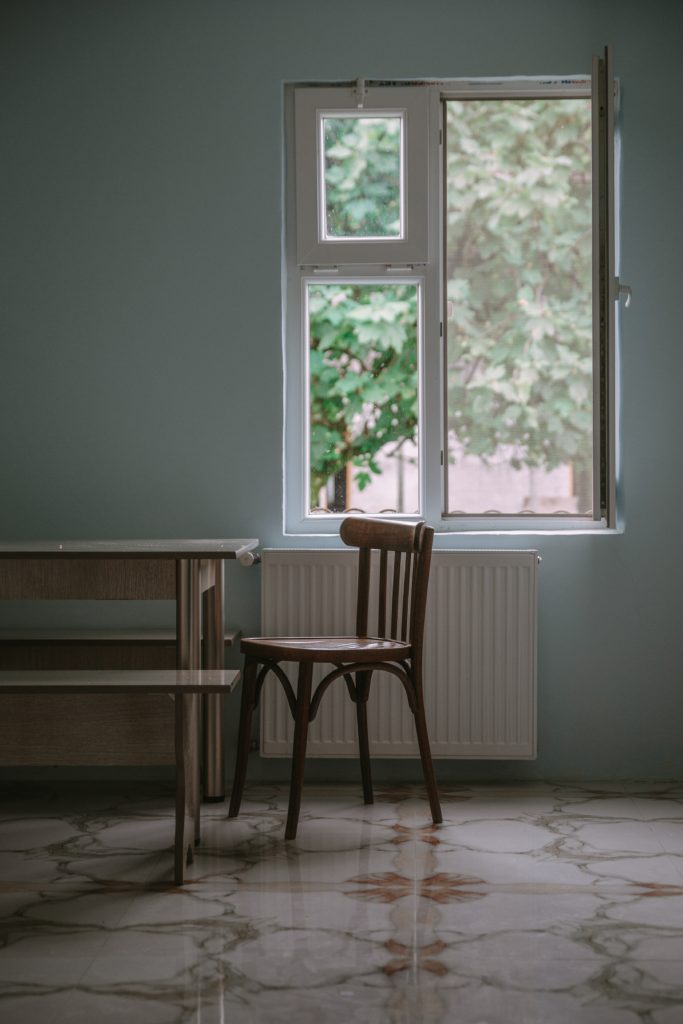
The first few moments with a student at the beginning of the lesson set the tone for your time together.
It’s easy for this time to be a chaotic transition between two families, but it doesn’t have to be. Instead of leaning out of mindful, attentive teaching, this is the moment to lean in.
How do you give yourself space to recharge while also staying attentive? Turn these mindful moments into a routine– a series of habits. These moments can be like a baseball player’s routine as they wind up at the plate before an important pitch, or a special dribble routine and ready-set of a basketball player moments before her game-winning free throw.
Here are a few routines you could establish.
1) Say goodbye only once.
I know it sounds silly, or perhaps cold, but making the only goodbye from you really special and staying quiet really cuts down on chatter. There is no need to fluff the goodbye if you deliver a sincere bow and a ‘see you next time.’ On the other hand, not returning a ‘good bye,’ ‘see you this weekend,’ ‘have a good one’ when offered is an excellent opportunity to put some distance between cultural norms and your intention.
2) Wash hands between each lesson.
I picked this one up from Ed Kreitman. He says it allows him to flush away the energy (and the germs) from one lesson to the next. This keeps the teaching room– and the teacher– from getting stale. I love doing this because it allows me to exit while the student is packing up, which can be a sloppy time if the student and parent are tired and/or rushed. I also use the time to ground myself in sensory experience. Standing up, walking down the hallway, hearing new sounds, smelling new smells. I really feel the water on my hands, the temperature, the texture, the flow rate. When I return back to my teaching chair I am more alive.
3) Don’t distract yourself before the next lesson– especially if you are given a beautiful moment of space.
As the next student walks in, I urge you to just sit in your chair rather than fill the gap with books, articles, frantic note taking, or phone checking. These quick inputs leave cognitive residue for up to 17 minutes– over half of your 30 minute lesson! Straighten your back, put both feet on the floor, re-discover your breath, and allow the mind to empty. Even if the only time you have is while the next student is entering an unpacking, just sit there. Fill up the room with your calm, quiet, kind energy. The more moments you have to do this, the more welcoming the energy for the student.
4) Quiet tuning.
What an amazing opportunity we have to request silence from our students and their families–the perfect excuse! We need a quiet environment for tuning–and we want a quiet energy from them– so ask for it. Establish from the very first lesson that while an instrument is being tuned everyone is quiet: student, parent, teacher, siblings, observers. Before students even have a real violin to tune cultivate this habit by tuning your own violin at the beginning of every lesson. Once you are tuning their violin you can ask them to ‘help’ you by putting their hand on the scroll to feel the vibrations and look at the wiggling string. This engages their eyes, ears, and body in a little envelope of silence, a beautiful mindful moment. Make sure to take your time to tune yours and their violin perfectly. Never rush. Their patience is activated in these critical intervals.
5) Watching game and bow.
I tell students this is my absolute favorite part of the lesson. And it’s true. In rest position students gaze up at me while I, also in standing rest position, make direct eye contact with them. We count together to 10, occasionally to a lower number if the student is still developing their patient focus. If the student breaks eye contact or moves their body and I just stop counting. Once they return I start counting again. When we reach 10 we bow to each other. I don’t say anything, I just pour my reverence and gratitude for the child into this gesture of humility.
With these routines in place, we are ready to begin working together. Because I go through this routine with most students every week, we are able to do it together without speaking. I also don’t need to exert any effort into the process, just presence and an ‘allowing’ energy.
If you are looking for a way to bring more mindfulness or calmness into your lessons, the very beginning is the best place to start.

Leave a Reply